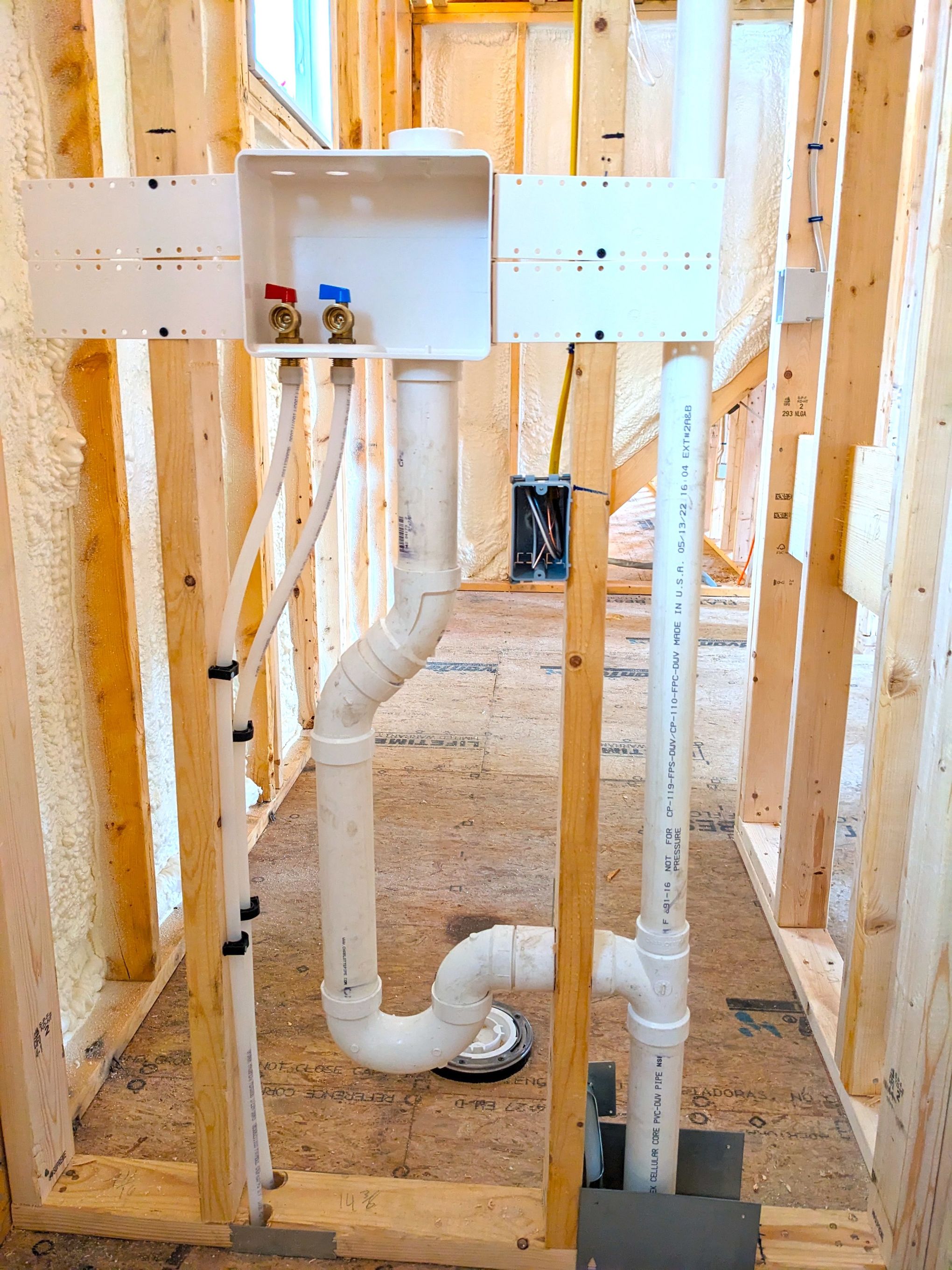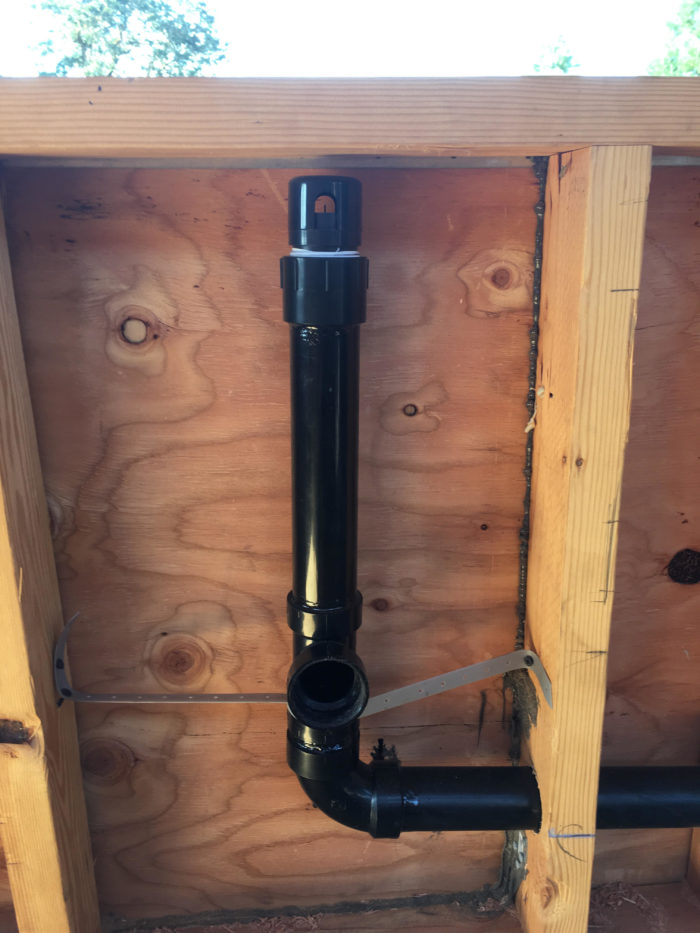Important Benefits for Correct Ventilation in Plumbing Systems
Important Benefits for Correct Ventilation in Plumbing Systems
Blog Article
This great article which follows in relation to Why Plumbing Air Vents Are Important is totally entertaining. Check it out for yourself and figure out what you think of it.

Proper ventilation in pipes systems is typically overlooked, yet it is critical for keeping the functionality and security of your home's pipes. Air flow helps regulate atmospheric pressure, prevent the build-up of hazardous gases, and make certain the reliable elimination of waste. In this overview, we will discover the relevance of correct pipes air flow, exactly how it works, and the advantages it brings to your plumbing system.
Understanding Air Flow in Pipes
Ventilation in plumbing describes the network of pipelines that permit air to flow with the water drainage system. These vents offer numerous objectives, consisting of controling air pressure within the pipes, protecting against sewer gases from entering the home, and helping in the smooth circulation of wastewater.
Exactly How Air Flow Works in Pipes Solutions
Air Pressure Regulation
Correct ventilation keeps balanced air pressure within the pipes system. When water flows via pipelines, it displaces air. Without ample ventilation, this displacement can create unfavorable stress, resulting in reduce drains or siphoning of water from traps, which can cause unpleasant odors to leak right into the home.
Preventing Sewer Gas Buildup
Among one of the most essential features of plumbing vents is to avoid drain gases, such as methane and hydrogen sulfide, from collecting within the home. These gases can position severe health risks and are highly flammable. Vent pipelines permit these gases to run away safely outdoors.
Helping in Waste Removal
Air flow helps in the reliable elimination of wastewater by protecting against airlocks in the drain system. When air can move freely through the vents, it allows water and waste to move smoothly through the pipes, lowering the risk of clogs and backups.
Types of Plumbing Vents
Key Stack Vent
The main stack vent, also referred to as the vent pile, is the main air vent in a pipes system. It expands from the primary drain align via the roofing system, permitting gases to escape and fresh air to go into the system.
Branch Vent
Branch vents link to the main stack air vent and offer individual components, such as sinks, toilets, and showers. These vents ensure that each fixture has sufficient air flow to work correctly.
Air Admittance Valve (AAV).
An Air Admittance Valve (AAV) is a one-way valve that allows air to get in the plumbing system without the demand for a conventional air vent pipe prolonging via the roof covering. AAVs are generally made use of in improvements or areas where installing a common air vent is unwise.
Indications of Poor Air Flow in Pipes.
Slow Draining Fixtures.
If your sinks, bathtubs, or commodes are draining pipes slowly, it could be a sign of poor air flow. Inadequate air flow can produce a vacuum cleaner result, making it difficult for water to drain pipes correctly.
Gurgling Seems.
Gurgling sounds coming from drains pipes are often an outcome of air being sucked with water traps as a result of adverse stress in the pipes. This is a clear indicator of insufficient ventilation.
Undesirable Smells.
Drain odors inside your home are a red flag that your pipes system is not correctly ventilated. This can mean that drain gases are not being adequately vented outside, leading to possibly dangerous problems.
Usual Ventilation Errors.
Poor Vent Sizing.
Using small air vent pipelines can result in bad air circulation and pressure imbalances in the system. It's necessary to utilize vents that fulfill the details needs of your pipes system.
Improper Vent Positioning.
Putting vents also far from the components they offer can decrease their performance. Proper positioning guarantees that air can flow easily and efficiently with the system.
Disregarding Code Demands.
Building ordinance supply specific guidelines for plumbing ventilation. Overlooking these codes can result in a system that fails to operate correctly and might bring about expensive fixings or carcinogen.
Advantages of Proper Air Flow.
Boosted System Efficiency.
Properly ventilated plumbing systems run more effectively, with fewer obstructions, faster draining, and less stress on the pipelines. This performance expands the lifespan of the pipes system.
Improved Air High Quality.
By stopping sewage system gases from entering your home, appropriate air flow contributes to much better indoor air high quality, making your living setting healthier and much more comfortable.
Protecting Against Water Damages.
Sufficient ventilation assists prevent water from being siphoned out of catches, which can lead to drain gases getting in the home and triggering water damages gradually.
Actions to Make Sure Correct Ventilation.
Consulting Pipes Codes.
Always seek advice from local pipes codes when designing or modifying your pipes system. These codes give the essential standards for correct airing vent and guarantee your system meets safety requirements.
Regular Assessment and Maintenance.
Normal evaluations can assist determine potential ventilation concerns before they come to be major problems. Maintenance tasks, such as cleansing air vent pipelines and checking for clogs, are vital for maintaining the system in good working order.
Specialist Setup.
For new setups or major modifications, it's a good idea to work with a specialist plumbing professional. They have the competence to ensure the ventilation system is correctly created and set up according to code.
Final thought.
Proper ventilation is a vital component of any type of plumbing system, making certain that it operates efficiently and securely. By understanding the value of air flow, acknowledging the indicators of inadequate ventilation, and taking steps to keep your system, you can protect against expensive issues and secure your home's air quality.
What is a Plumbing Vent and it's used for?All plumbing systems in residential and commercials construction have a plumbing vent. It doesn’t just vent unwanted odors from the drainage system to the outside; it actually serves an important purpose by supplying air to the system.
The plumbing drainage system is actually called a drainage, waste and vent (DWV) system. When water flows down the piping, an air supply (vent) is needed to allow the water to flow. Think of the vertical pipe as a drinking straw. If you plug the top end of a straw, liquid won’t drain from it.
The DWV system in your building consists of a series of pipes connected to each fixture; they extend above each fixture, and the system terminates at an open pipe that extends through the roof. This piping allows air into the system and prevents unbalanced pressures in the piping.
?The vent also prevents the system from drawing water out of a trap at the fixture with the characteristic “glug-glug-glug” as the drain gasps for air. Plumbing traps should drain smoothly and never “glug” or gasp for air.
If you have a drain that empties slowly or gurgles as it drains, this may indicate a venting problem. If you flush a toilet and the sink gurgles, there’s definitely a vent problem. It is good idea to have a Plumber check this.
https://www.ameliashomeinspection.com/blog/what-is-a-plumbing-vent-and-its-used-for

I have been very serious about and I am hoping you enjoyed the blog post. Liked our entry? Please share it. Let somebody else discover it. Thank you so much for taking the time to read it.
Booking Page Report this page